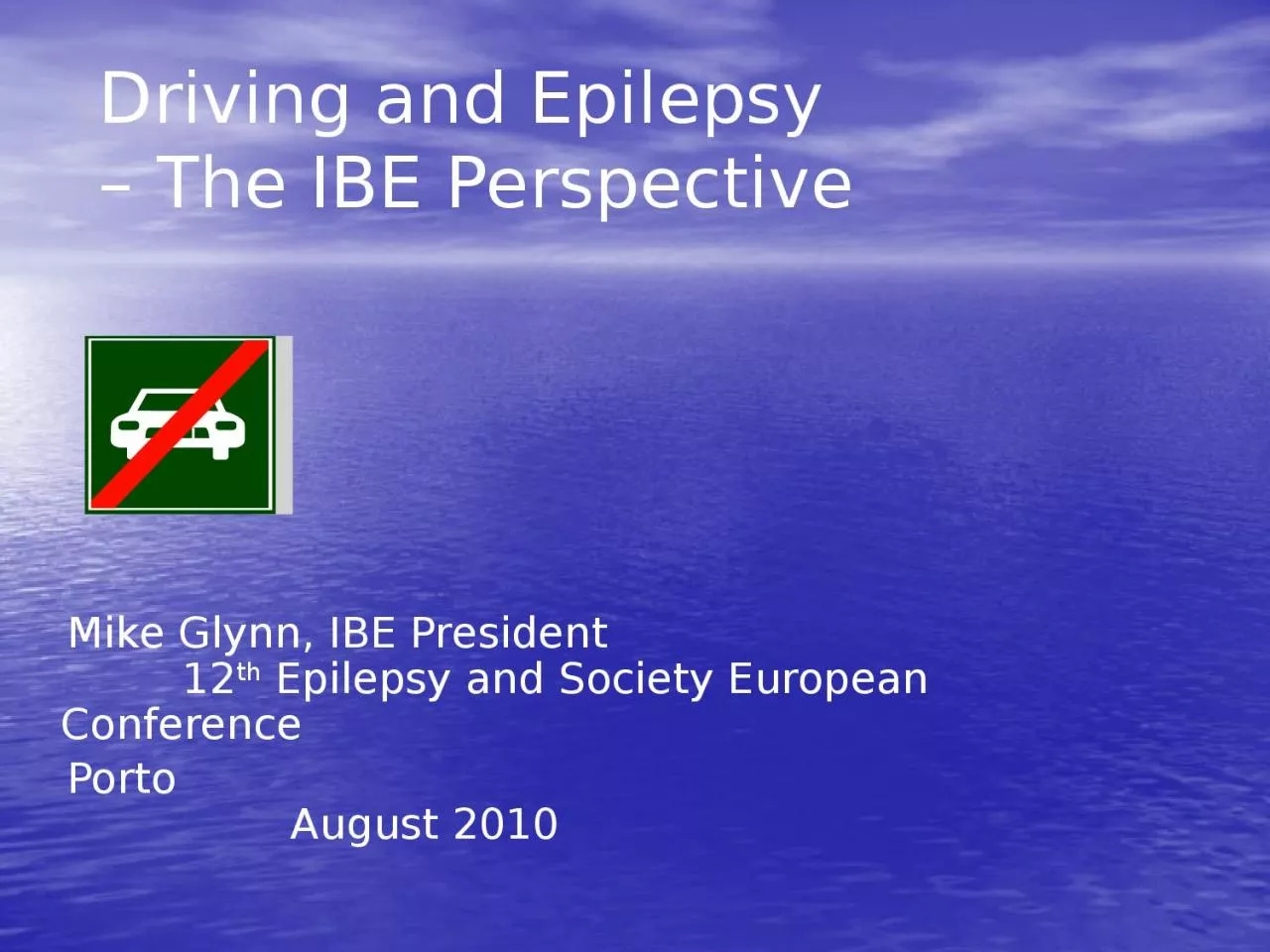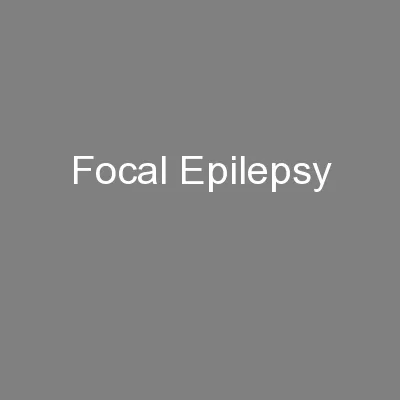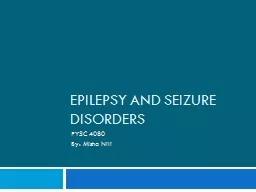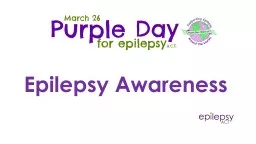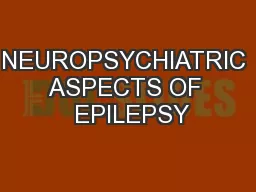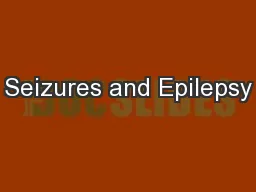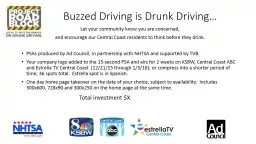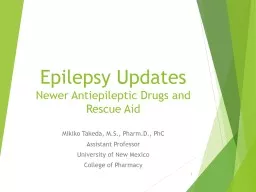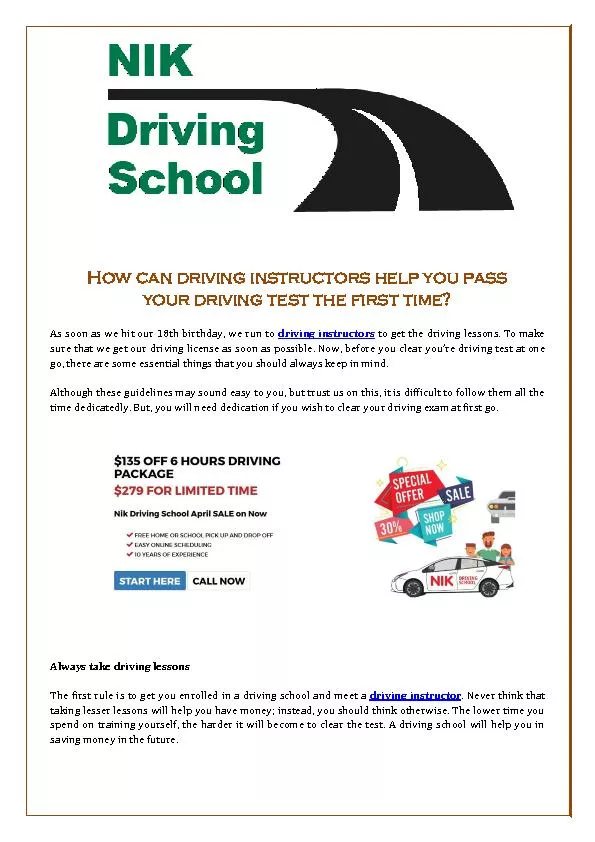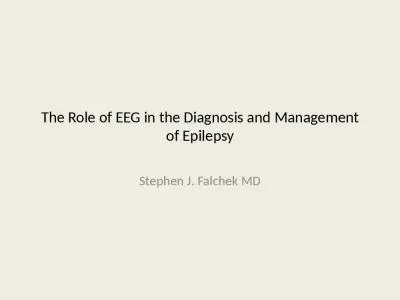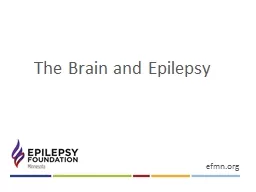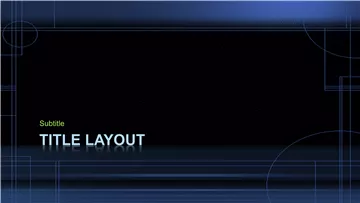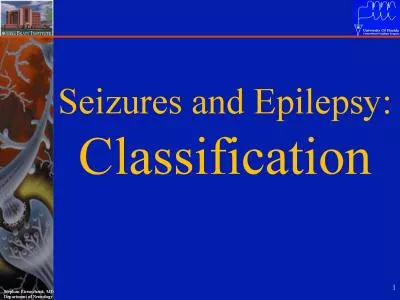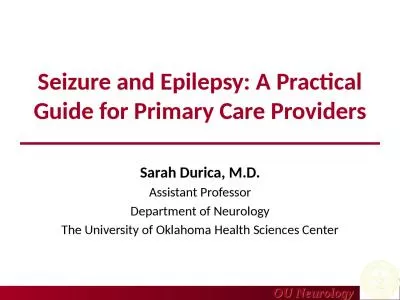PPT-Driving and Epilepsy – The IBE Perspective
Author : KittyCat | Published Date : 2022-07-27
Mike Glynn IBE President 12 th Epilepsy and Society European Conference Porto August 2010
Presentation Embed Code
Download Presentation
Download Presentation The PPT/PDF document "Driving and Epilepsy – The IBE Perspe..." is the property of its rightful owner. Permission is granted to download and print the materials on this website for personal, non-commercial use only, and to display it on your personal computer provided you do not modify the materials and that you retain all copyright notices contained in the materials. By downloading content from our website, you accept the terms of this agreement.
Driving and Epilepsy – The IBE Perspective: Transcript
Download Rules Of Document
"Driving and Epilepsy – The IBE Perspective"The content belongs to its owner. You may download and print it for personal use, without modification, and keep all copyright notices. By downloading, you agree to these terms.
Related Documents

